Meditation isn’t just about sitting in silence—walking can be a powerful way to cultivate peace and awareness. This is the story of how I discovered the power of walking meditation and learned to truly be present.
Why I Could Never Sit Still
I always thought meditation was something I wasn’t built for.
The idea of sitting still, closing my eyes, and emptying my mind? It just didn’t work for me.
Every time I tried, my thoughts would race:
- Did I pay that bill?
- What should I eat for dinner?
- Am I doing this wrong?
No matter how much I tried to focus on my breath, I’d get restless after a few minutes.
Eventually, I gave up.
“Maybe meditation just isn’t for me,” I told myself.
That was until I met a Zen monk who taught me a different way—one that didn’t require sitting still at all.
The Monk Who Walked Differently
It happened when I visited a Zen retreat in Japan.
The temple was nestled in the mountains, surrounded by ancient trees and winding stone paths. The air smelled of pine and earth, and everything felt… quiet.
One morning, as I walked through the temple gardens, I saw an old monk moving slowly along a path.
His steps were measured, deliberate—almost as if he was walking in slow motion.
But what struck me most was his expression.
He wasn’t rushing. He wasn’t distracted.
He was simply walking, completely present in the moment.
I had never seen someone move like that before.
Curious, I asked one of the temple guides, “What is he doing?”
The guide smiled. “That is walking meditation.”
I had never heard of it before. But something about it pulled me in.
I wanted to understand how simply walking could be a form of meditation.
So, I found the monk later that day and asked him.
“Master, why do you walk like that?”
He looked at me and said, “Because I am here.”
What Is Walking Meditation?
I sat with the monk as he explained.
“Most people walk to get somewhere,” he said. “They are always thinking about the destination. But in Zen, we walk to experience each step. The journey itself is the meditation.”
I thought about my own walking habits.
I was always in a hurry—rushing from one place to another, lost in thought, never really noticing anything around me.
But the monk moved differently.
To him, walking wasn’t just a way to get somewhere—it was a way to be present.
That was the first lesson:
✅ Don’t walk to arrive. Walk to experience.
My First Attempt at Walking Meditation
I decided to try it for myself.
The monk gave me simple instructions:
1. Walk slowly.
2. Feel your feet touch the ground.
3. Breathe with each step.
4. Notice everything around you.
It sounded easy.
But the moment I started, I realized how much my mind resisted.
I kept thinking:
- How long do I have to do this?
- Is this working?
- I should check my phone.
But then, I heard the monk’s voice behind me:
“Feel the step beneath you. Nothing else exists but this moment.”
So, I took another step—this time, focusing only on the feeling of my foot touching the earth.
Step.
Breathe.
Step.
Breathe.
And then, something clicked.
For the first time in a long time, my mind wasn’t racing.
I wasn’t thinking about the past. I wasn’t worrying about the future.
I was just walking.
And for the first time, I felt a kind of peace I had never known.
The Unexpected Power of Walking Meditation
The more I practiced, the more I realized something profound:
We spend so much of life lost in thought that we forget to experience life itself.
- We walk down streets without noticing the sky above us.
- We eat without tasting our food.
- We listen without hearing.
But when you walk with awareness, everything changes.
- The air feels fresher.
- The sounds around you become clearer.
- The stress in your body begins to fade.
Walking meditation isn’t just about slowing down.
It’s about waking up—to the present, to yourself, to life.
How Walking Meditation Changed My Life
I used to believe that peace came from solving all my problems.
That if I could just fix everything, I’d finally feel calm.
But the monk taught me something different.
“Peace isn’t found in a perfect life. Peace is found in a single step, fully experienced.”
So, I started making walking meditation part of my daily life.
- Instead of rushing to work, I walked mindfully.
- Instead of scrolling my phone during breaks, I took a slow walk outside.
- Instead of waiting for “free time” to meditate, I turned my daily walks into meditation.
And the more I did it, the lighter I felt.
Because happiness, I realized, isn’t something far away.
It’s right here—in the steps we take every day, if we just learn to notice them.
How You Can Practice Walking Meditation
If you’re feeling overwhelmed, stressed, or disconnected, walking meditation might be exactly what you need.
Here’s how to start:
1. Slow Down
Don’t rush. Walk deliberately, as if each step is important—because it is.
2. Focus on Your Steps
Feel the ground beneath you. Notice how your foot lifts, moves, and lands. Be fully present in the movement.
3. Breathe with Each Step
Match your breathing to your steps. Inhale as you lift your foot, exhale as it touches the ground. Let your breath guide your rhythm.
4. Notice Everything Around You
Pay attention to the sky, the trees, the sounds of life happening around you. Don’t analyze—just observe.
5. Let Go of Thoughts
Your mind will wander. That’s okay. When it does, gently bring your focus back to your steps.
Final Thoughts: The Beauty of a Single Step
The monk told me something before I left the retreat that I still think about today.
“Most people spend their lives chasing the future or clinging to the past. But if you truly learn to walk, you will never feel lost again.”
And now, whenever life feels chaotic, whenever my mind is spinning with worries, I remember that lesson.
I take a deep breath.
I take a step.
And suddenly, I’m home.
Not in the future. Not in the past.
But right here, in this moment—where life is actually happening.


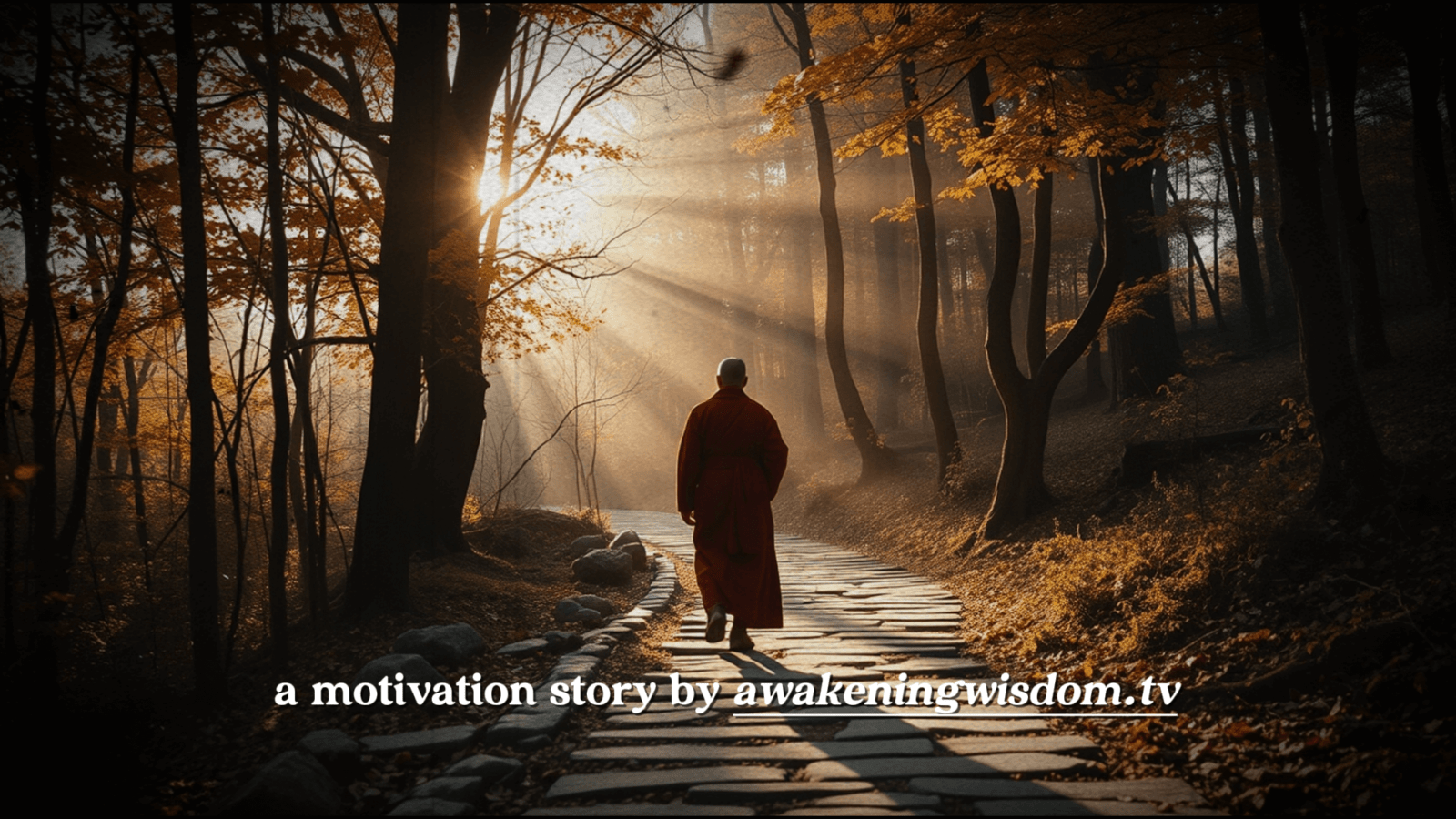
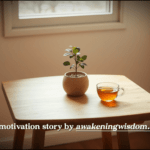

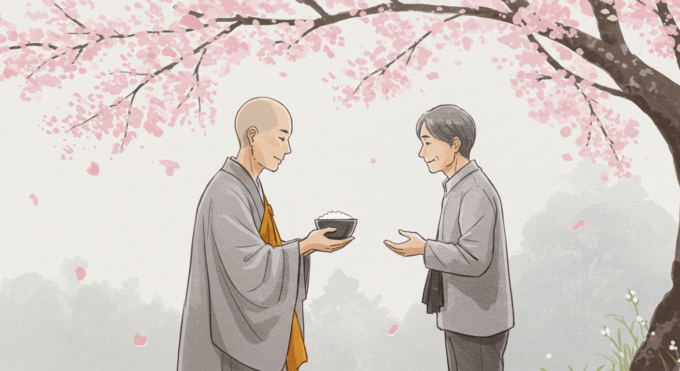
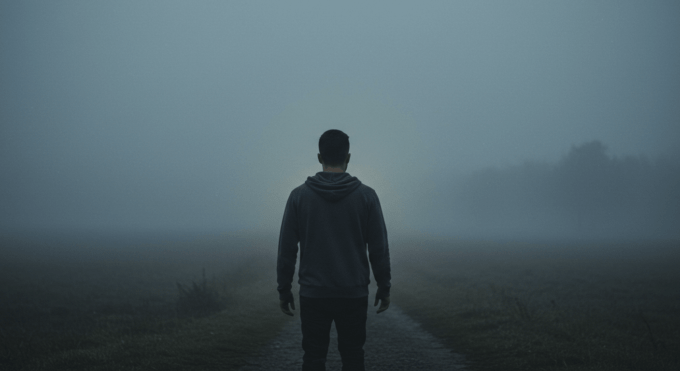

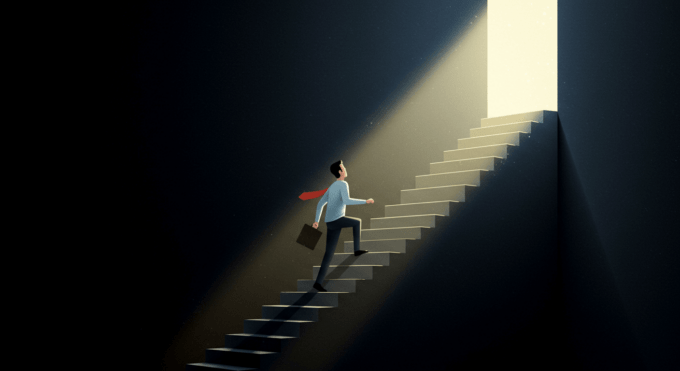
Leave a comment